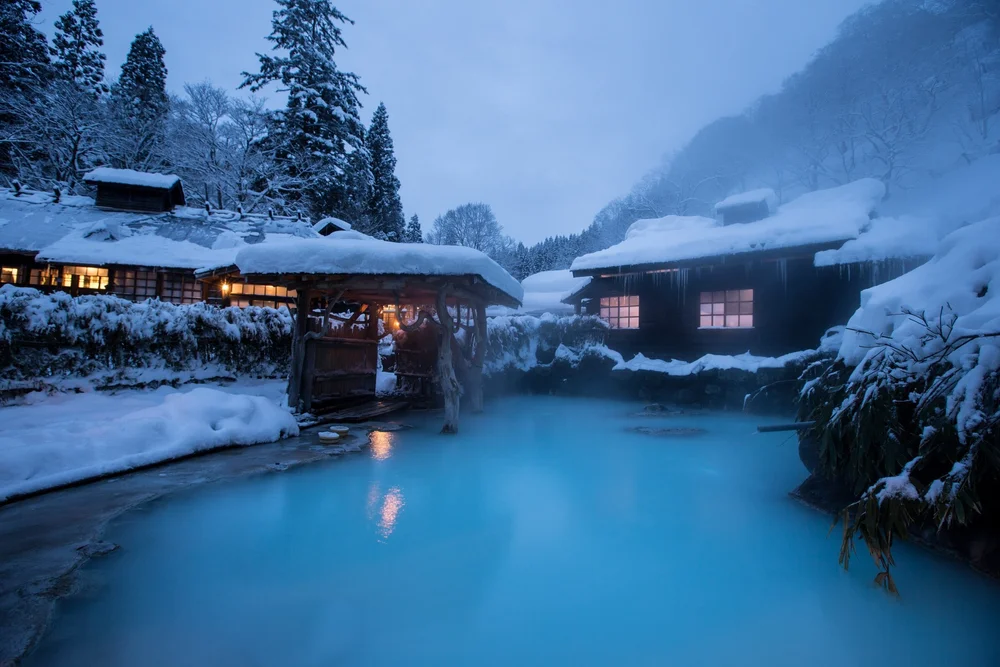How Does Regionality Affect Sake?
You can find a sake brewery in any of Japan’s prefectures – there are approximately 1,500 sake breweries located across all of Japan’s 47 prefectures. The diversity in natural climate, cuisine and local agriculture and produce would surely affect the sake brewed, with variations in flavour coming from the differences in the type of sake rice, water, and koji used, as well as the variations in natural climate.
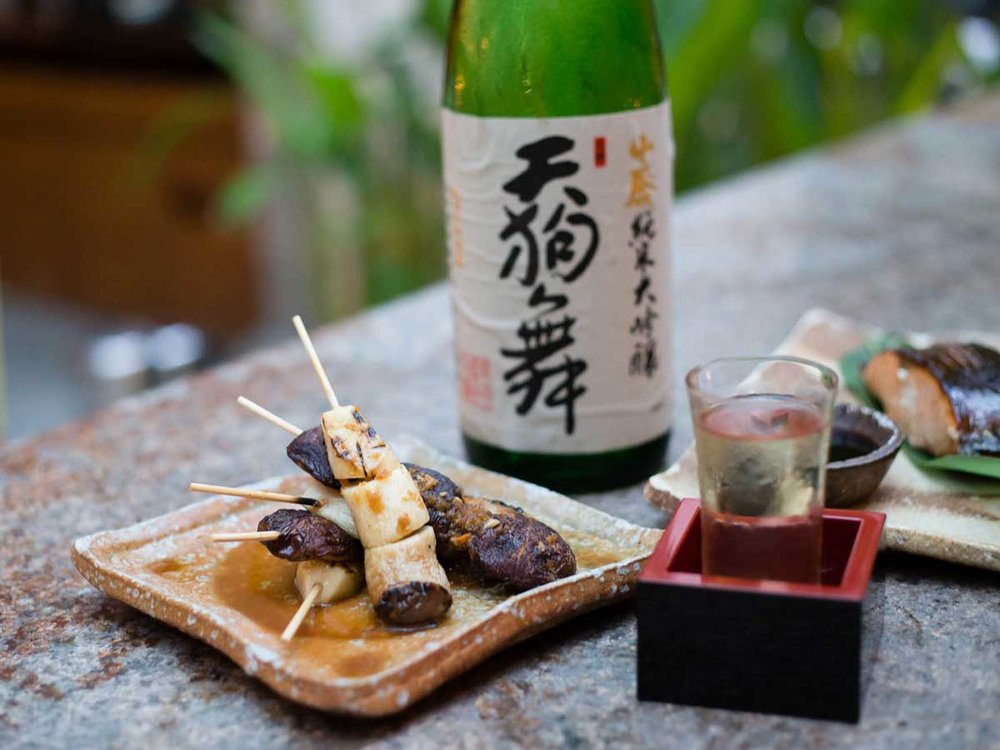
Japanese sake is meant to be consumed as a complementary pairing with food, and often tastes best with local Japanese cuisine (Image Source: southernfood.org)
Sake in Japan is also largely consumed as part of a meal pairing, meant to complement and bring out the flavours of the food and ingredients. The people and sake brewers from different regions in Japan grow up being surrounded by different natural ingredients and regional cuisines, which also has an impact on the preferred taste profile of the people in the region, and subsequently the flavour profile of the sake to complement the local cuisine.
In our modern times, the cuisine and food found in each region of Japan has a greater diversity, as trade and import make it much easier to incorporate ingredients from other regions, and even other countries. The same applies for sake production too, as the type of sake rice used to make the sake from a particular region may be imported from another region, allowing the brewer to experiment with different types and styles of sake with a greater diversity of ingredients. Still, there are generalized regional differences that can be observed in sake.
In this article, we’ll explore some of the most famous and key sake regions and their regional differences.
Some Notable Sake Regions You Should Know
Nada

(Image Source: Gaijinpot Blog)

Located in Kobe City, At least 25 to 30 percent of all sake in Japan is from Nada, and the region is home to many of the biggest sake breweries in Japan, including Hakutsuru, Ozeki, and Kenbishi. Nada has also been awarded a Geographical Indication (GI).
Sake from the Nada region are famous for being more “masculine” with dryer and sturdier flavour profiles, owing to the hard water used from Nada in sake production.
Fushimi
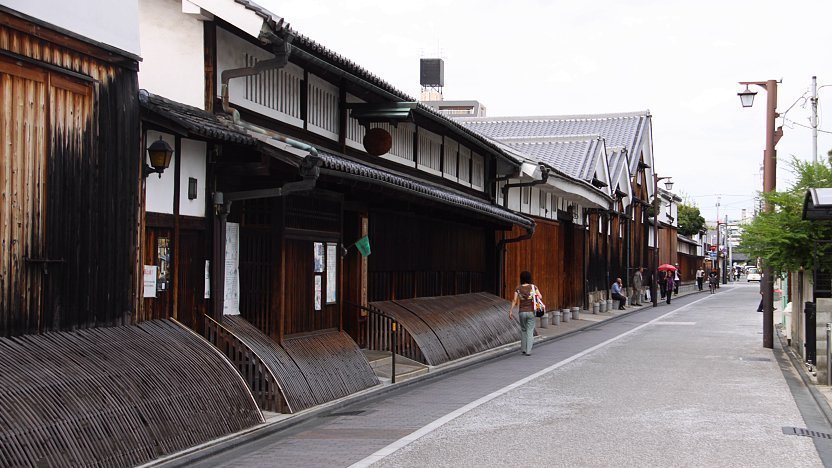
(Image Source: japan-guide.com)
Fushimi is located in Kyoto City in Kyoto Prefecture. Together with Nada, the two regions account for half of all of Japan’s sake production.
In contrast to the more “masculine” sake from the Nada region, sake from Fushimi are considered more “feminine” from the soft water used in sake production, resulting in slightly sweeter, elegant, and fragrant flavour profiles.
Fushimi is home to a variety of sake breweries, including Gekkeikan, one of the largest and leading sake breweries in Japan and among one of the oldest family-owned companies in the world.
If you ever make a trip to visit Kyoto, be sure to pay a visit to the Fushimi Sake District, a traditional sake brewing district where you can visit sake breweries and sake museums including Gekkeikan, Kizakura, and Fushimi Yumehyakushu.
Niigata

(Image Source: PeakVisor)
Niigata is famous for its mountainous region engulfed in thick layers of beautiful white snow. The unique climate of Niigata results in some of the finest and highest quality sake in Japan – the pure water from melted snow creates pristine sake rice paddies, the purity of the snow water used in sake production results in a clean and refined taste, and the cleanliness and purity of the air results in a high-quality sake being produced.
The Niigata region only accounts for a small amount of Japan’s sake production – approximately 8% - focusing on producing high-quality, hand-crafted sake.
Sake from the Niigata region derives its flavour profile from taking on the terroir of the snow from the mountainous area of Niigata, and is famous for its pure, clean, and dry flavour profile.
Some notable sake breweries from the Niigata region include Hasegawa Shuzo, Aoki Shuzo, and Echigo Sakura Shuzo.
Akita
(Image Source: Akita Inaka School)
In Japan’s Edo period, Akita was a notable region for mining as copper and silver were discovered in the 16th century. Sake breweries flourished in this region as miners sought a good buzz amidst a fairly boring environment in the mountains. Akita’s climate also cultivates plenty of great sake rice and excellent water for sake production, and sake from this region tends to be very well-balanced and subtle nuances from brewery to brewery.
In the Akita region, there are 5 notable sake breweries - Aramasa Shuzo, Naba Shoten, Akita Shurui Seizoh which produces sake under its flagship brand, Takashimizu, Akita Shuzo which produces its unique Akitabare sake, and Akita Jozo with its flagship brand, Kanto.
Hiroshima
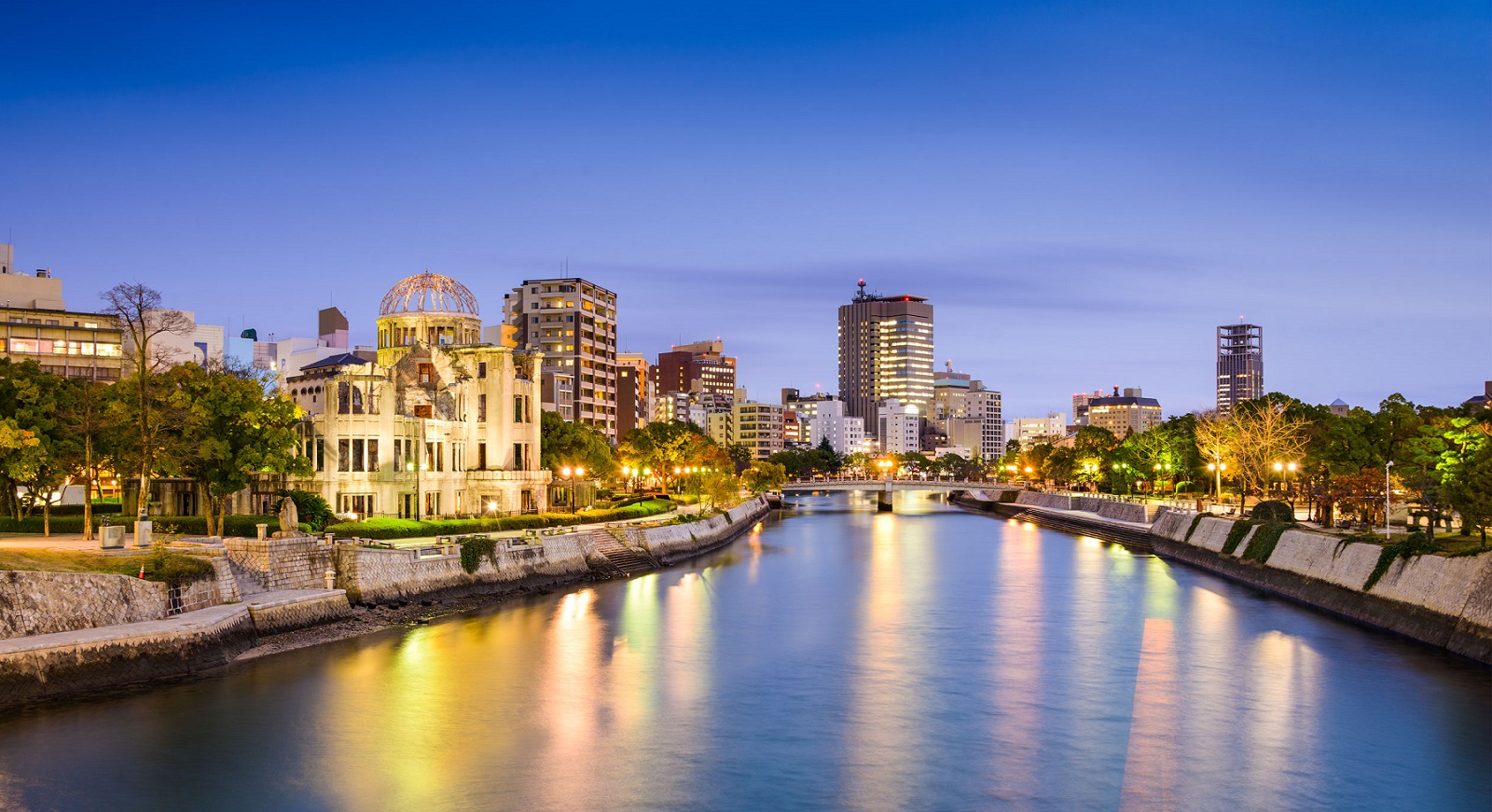
(Image Source: top.his-usa.com)
Hiroshima is known today as one of the three premier sake brewing regions in Japan, alongside Fushimi in Kyoto and Nada in Kobe. Most springs in Hiroshima provide very soft (even ultrasoft) water, which used to be considered as too soft and not suitable for sake production. As such, sake brewers in Hiroshima experimented with novel fermentation and sake brewing methods to produce their unique style of Ginjo sake. Hiroshima is now famous for the quality of its sakes and the innovativeness and technological development for sake production.
Sake from Hiroshima can be distinguished by its refreshing and light taste, soft texture, and a blend of aromatic flavours.
Some notable sake breweries from Hiroshima include Fujii Shuzo, Miyake Honten, and Umeda Shuzo-jo.
Fukushima
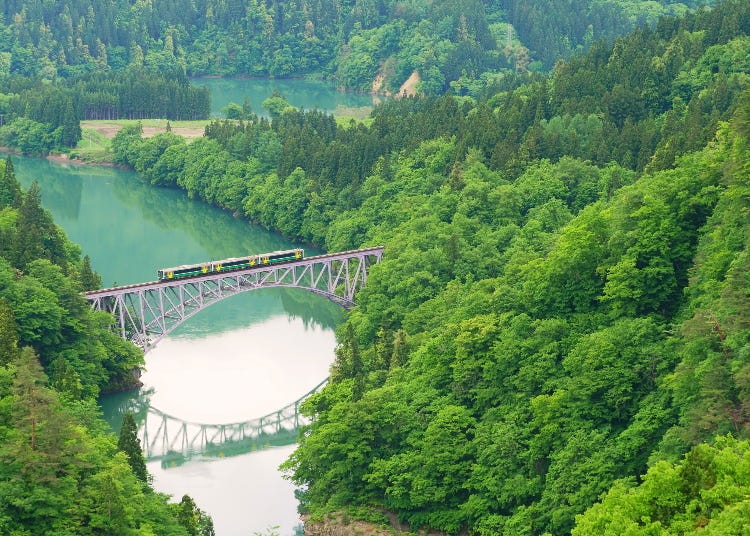
(Image Source: livejapan.com)
Fukushima is home to a variety of cultures and climates which can be summed up into 3 main areas: the coastal area of Hamadori, the central area between the highlands and mountain range of the Nakadori central area, and the seaside area of Aizu. The diversity in climate of Fukushima gives way to varying flavour profiles and sake characteristics, but in general, Fukushima’s sakes are famous for their rich umami flavours
Some notable sake breweries from Fukushima are Homare Brewing Company, Okunomatsu Brewing Company, Daishichi Brewing Company, and Suehiro Brewing Company.
Yamagata
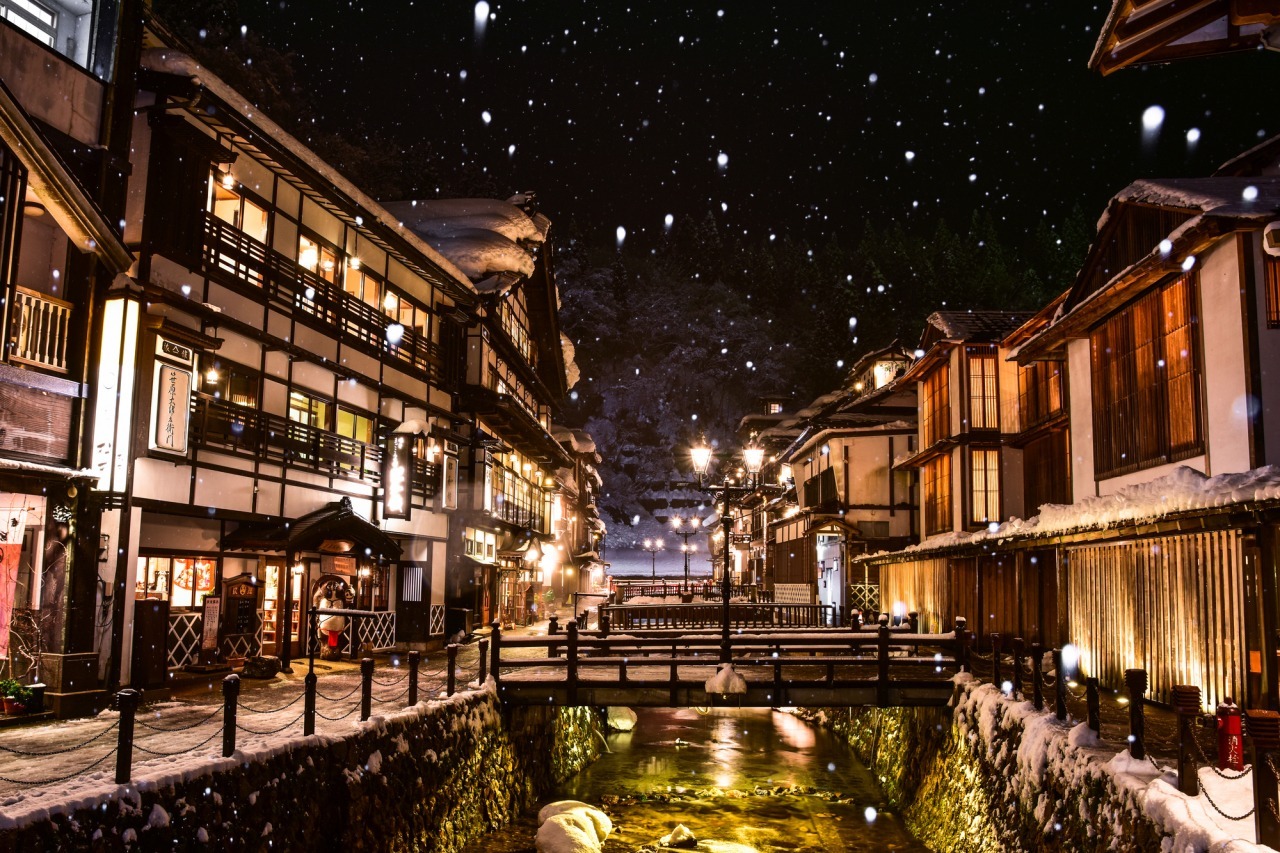
(Image Source: yamagatakanko.com)
Yamagata is one of the most famous ginjo sake regions in Japan and is the home of the “Ginjo boom” that was took off in the 1980s. Dewazakura brewery from the Yamagata region famously catalysed the boom in demand and production of ginjo sake in Japan, and eventually, around the world, with their release of the first marketed ginjo sake, the Oka Ginjo.
Yamagata is also one of the recipients of a Geographical Indication (GI), and today, the breweries in the region continue to innovate and develop new varietals of sake rice, sake yeast, and koji. Yamagata is famous for its ginjo sake, and sakes from the region tend to be very flavourful and aromatic with a soft texture.
Sake breweries from the Yamagata region include Dewazakura Shuzo, Toko Brewery, Watarai Shuzo, and Goto Shuzoten.
Over the decades and well into our modern times, sake across Japan has achieved a higher degree of standardization compared to the traditional sake of an era from the past. Yet, we can still appreciate the diversity across Japan’s regional cultures, climate, cuisine, and sake production, and experience the terroir of the region from Nada to Niigata. One thing for sure is that the sake we’re familiar with and used to drinking tastes vastly different to the sake from decades and centuries ago. Sake breweries are ever evolving and always experimenting with novel production methods, flavour profiles, and styles – which is always a fantastic delight for all of us drinkers and fans of sake.
Till next time, happy sipping!

@ChopstickPride



